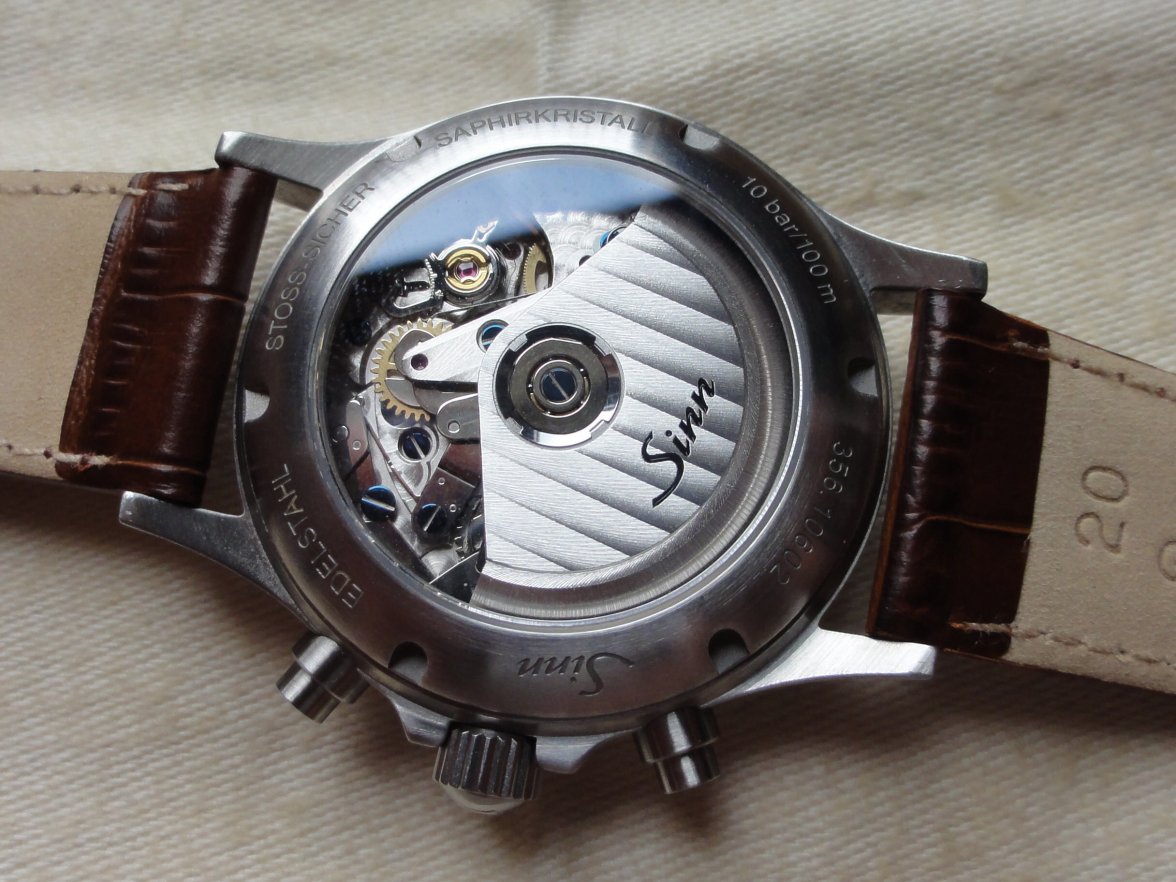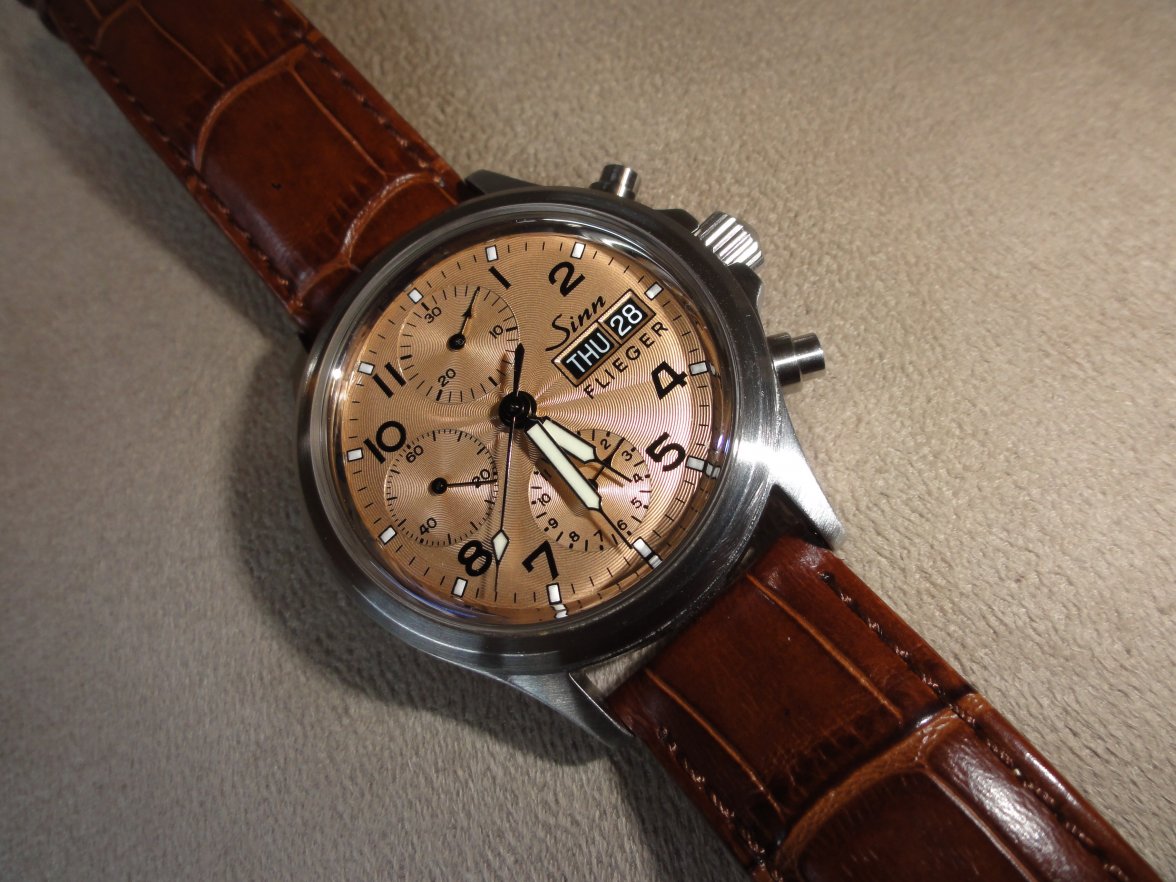So please pardon the lipstick/pig analogy, as the movement is no pig. It's just no Piguet 1185 either...
I'm glad you are a fan of the 7750, but I think you are being a little hard on it and Longines. Longines is not the brand it once was and I suspect that it never will be, which is a shame for sure. You compare the 7750 used to the F. Piguet 1185, but are you aware that the 1185 (and the larger version that some have referred to as the 1285, that Omega 3301 and family calibres are based on), also have cheap pressed steel parts? Have a look as there are a pile of stamped parts inside:

Watch movements are a series of compromises, and if you want a thin automatic chronograph movement, you have to take thickness away somehow, and pressed steel parts are one way of doing that. Another is the 3 riveted on gears on the underside of the barrel bridge on the Omega 3301 and family watches:

These have to be much more heavily lubricated than watchmakers are used to doing, in order to prevent excess wear on the bosses that have been riveted to hold those gears in place. Once those wear out the entire bridge is thrown away and replaced with a new one.
Don't get me wrong, as I understand the sentiment behind your criticism, it's just that stamped parts are incredibly common in watches of nearly all grades. Stamping as a way of producing a part brings to mind a very crude process, but that isn't always the case. What is used in the watch industry is more of a fineblanking process than just regular stamping. This is a process I investigated in some detail in my former life as an engineer, so I'm familiar with it's limitations and benefits, so take a look at this link for more information:
http://www.thefabricator.com/article/stamping/the-process-of-fineblanking
To give you some idea of where stamped parts are used, I took this photo while touring a watch factory in Switzerland, and the display shows the progressive stamping process used to make train wheels for watches on the top shelf, and then the steps for producing the pinions on the bottom shelf. Of course the parts are very oversized, and they have some real parts for scale on each shelf - if you squint you can make them out.

Later on the tour, I was taken to a room where I was allowed to view and handle various watches that this particular company makes, and although aesthetically not much that they make really appeals to me, I did think this one was pretty nice, stamped parts notwithstanding:


Cheers, Al








